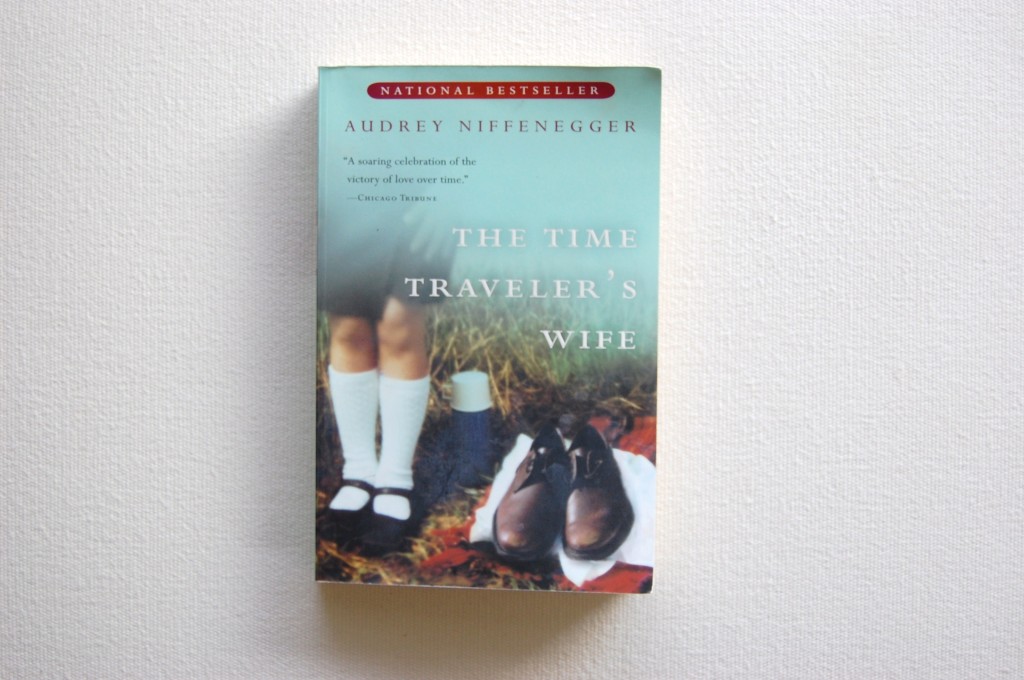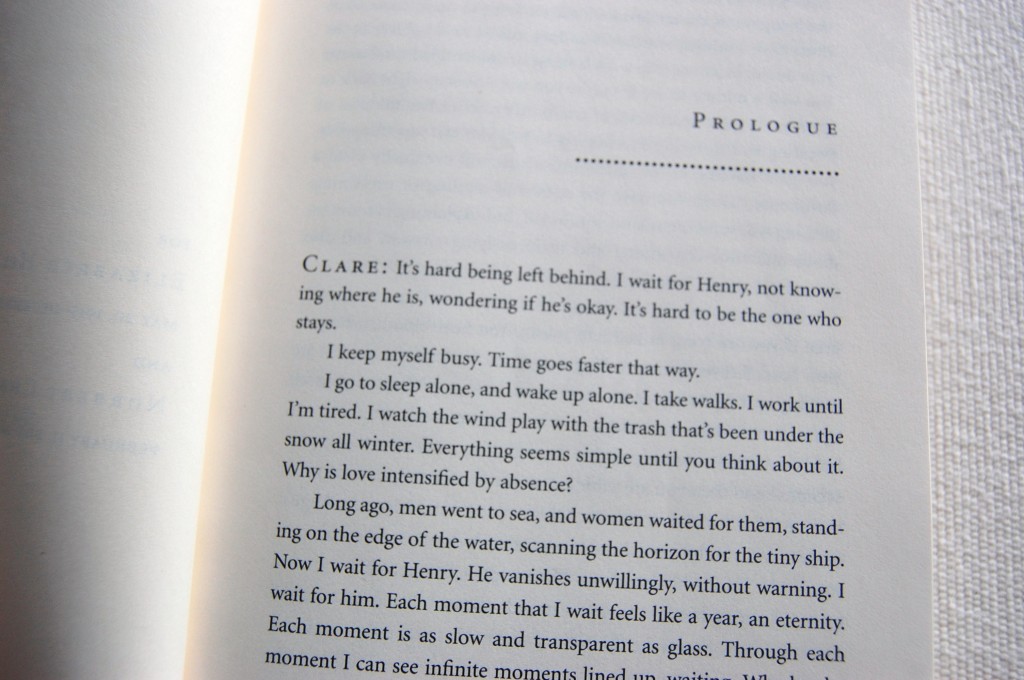Quick, which is more difficult – work or life?
Up until a year ago, both competed for my attention, each piling weight onto the seesaw to rise towards the favored position. A year ago, however, I started working at Alice and Ryan and I started hitting our stride (both of which were not without challenges, however… many, many challenges).
While working for a start-up demands hours, it demands more in mental energy, in spikes of time about as predictable as a bingo game, where the only invariable is that you know work will be stop and go. This means it’s often difficult to separate work and life, especially in the statuesque pursuit of balance, but while I used to recognize and promote blur, I’m now mindful of the distinct delineation between the two.
Smart people don’t balance two sides of the same coin – your work and life are, after all, inseparable from the backbone of your binding. You can’t push one to one side and one to the other and hope equilibrium presents itself because the entities are glued to each other and to you.
What I mean, for example, is that I cannot see Ryan and refrain from discussing at length our work. I have long agreed that behind every good man is a good woman, and likewise, the same holds true for Ryan and I on both sides. While he is the one that shows up to Brazen headquarters each day, my ideas fill his head. While I’m the one who walks into Alice each morning, Ryan’s sense and advice follows me.
More to the point, I guess, is that there is a mutual respect for what we choose to do with the majority of our day and into the night, and sometimes into our sleep and into dreams. Although when we do relate to each other our dreams from the night before, it’s not very likely to include the mention of a spreadsheet.
Right now, Ryan is across the street from me working. His offices are located diagonal from my condo, but I have yet to see him this week except for when he dropped me off from our weekend in Philly together on Sunday. I was working on a Wall Street Journal exclusive early this week, and he’s working on big plans for Brazen later this week. We also have friends, family, a basketball league, dance classes, books, blogs, grocery shopping, the gym, bill-paying and other magnitudes and minutiae of daily life competing for our attention.
Oh, and the new season of Chuck just started.
When I walk into work, much of that has to go away. I imagine this is natural for most people who enjoy their jobs, but particularly at start-ups you have to be ready to do whatever is put in front of you that day. Everything planned for the day will get eaten up by new priorities, larger plans and whether or not the toucan (our CEO) monopolizes all the time with the dolphin (our President and my direct boss). This can be best described as acting as a pivot, keeping your center, but spinning to each new person and project that appears.
One of the best parts of working at a start-up is that an idea spun in the morning has the potential to be fully realized by the afternoon. It can be that quick and magical and exhilarating. Also, the customers. When I worked for a non-profit in a trailer across from the food pantry that I was raising money for, I thought I wouldn’t again experience the rewards of being in such direct contact with the people I helped. But Alice has that.
One of the more challenging things is that blurring my work and my blog and my life to such an extent can make me very unhappy. Sometimes I feel like I’m always working which is frustrating, so I’ve tried to have clearer boundaries. I don’t really believe in work/life balance as an ideal, but no longer do I trust in work/life blur so much either.
As a generation, we’re always on. Is it okay to tweet during your workday? How often? What about talk to your significant other? Send personal emails? Do you work with your partner at night? Accept calls from the boss? Check your iPhone during a movie? Where is the line drawn and what is acceptable?
For Ryan and I, we have chosen to spend the majority of our day, not with each other, but with two different start-up companies. Our lives and relationship are more difficult and more enriched because of it. What about you? Work/life balance: truth or myth? Does it stand a chance?








